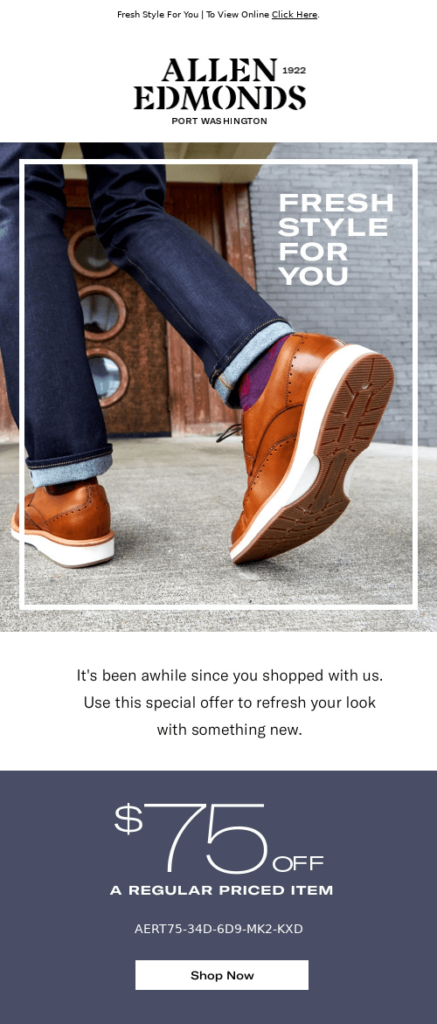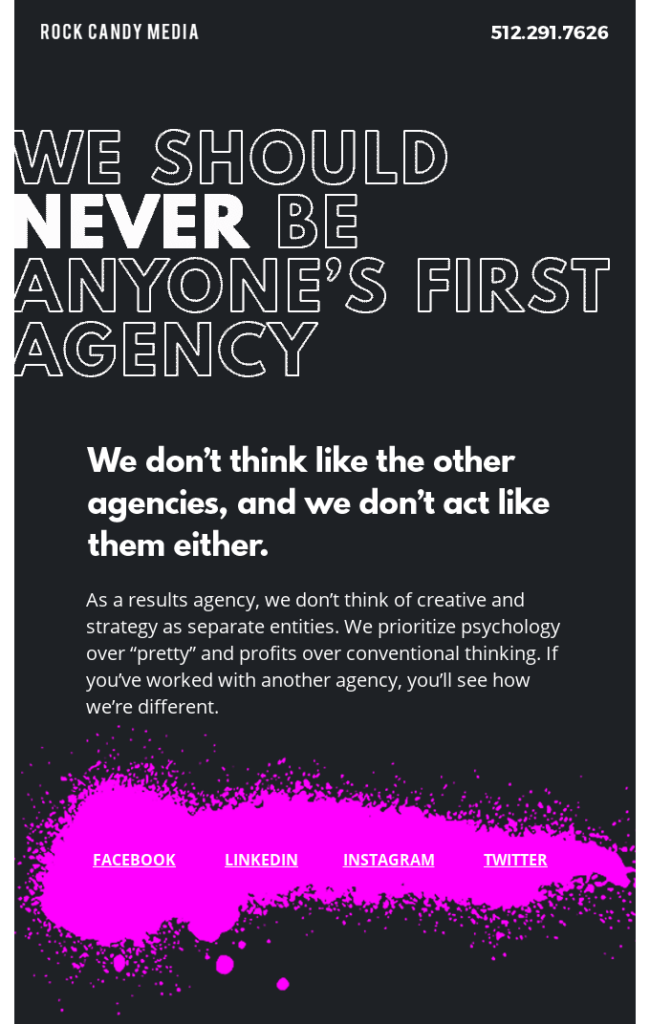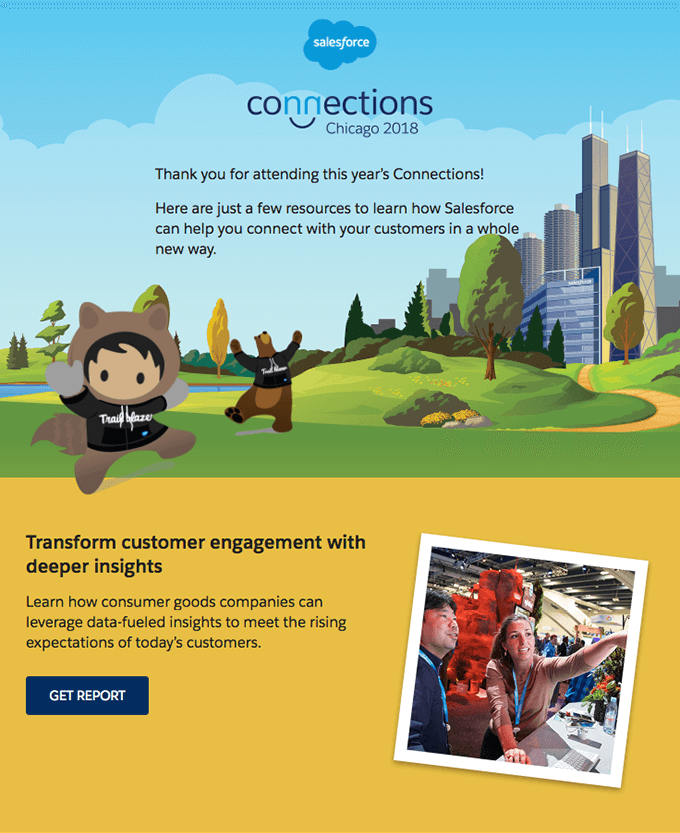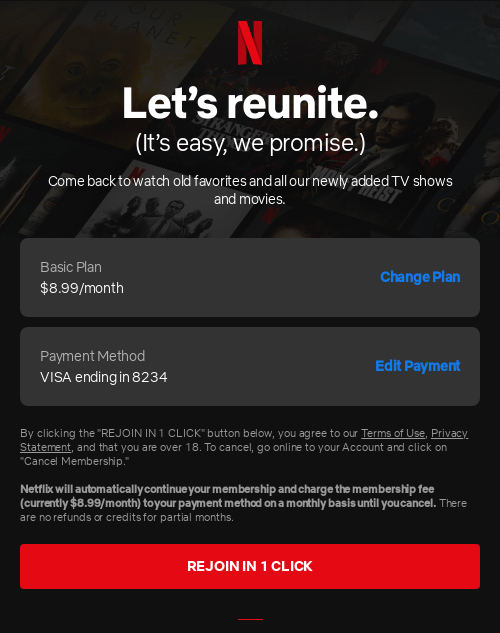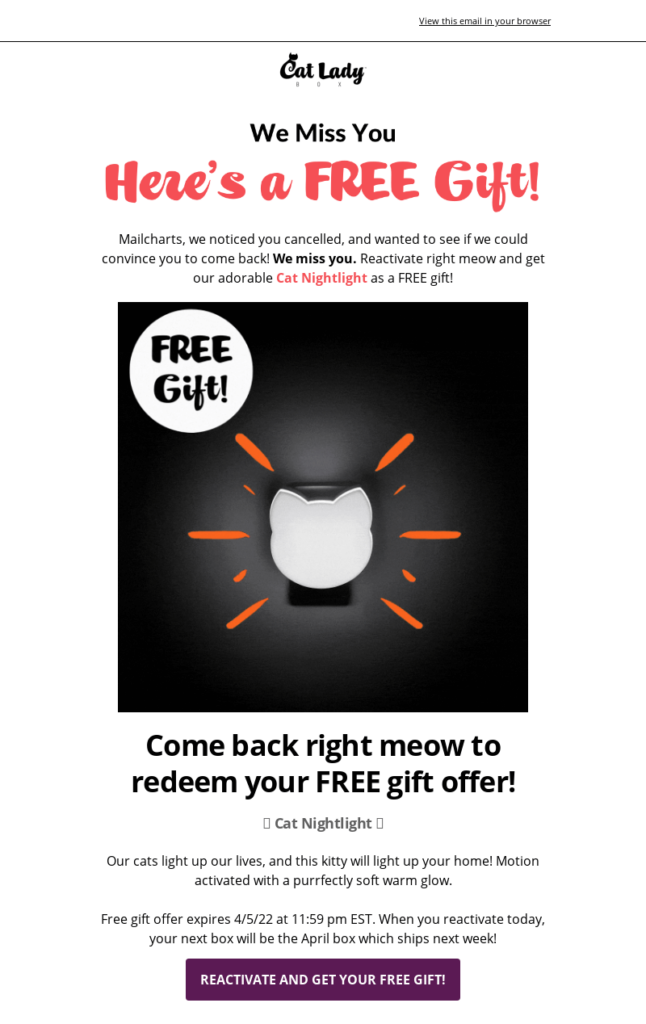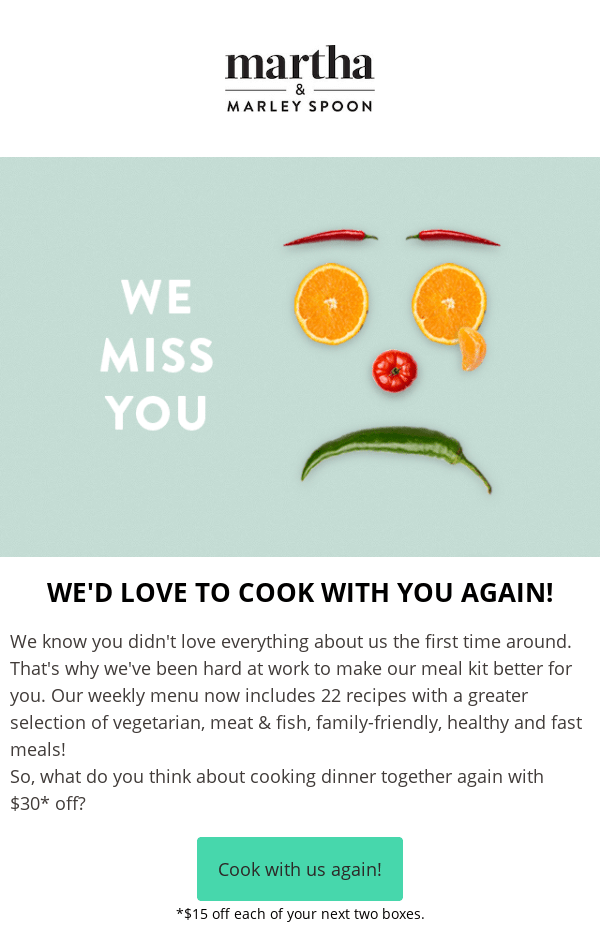Mastering the Art of Follow-Up Email Templates
In the world of business, timing is often the key to success. A well-timed follow-up can be the difference between sealing a deal and losing a potential customer. Follow-up email templates have become invaluable tools for businesses of all sizes and industries.
<div class="no-item">There are no templates in this category yet, but we are working every day to maximize our gallery.</div>
In this comprehensive guide, we’ll explore the significance of follow-up email templates, discuss which businesses can benefit from them, offer expert advice on crafting compelling copy, delve into template design, and highlight common mistakes to avoid.
Looking for an effective tool to create Follow Up emails?
Give Blocks a try for free today
The Power of Follow-Up Email Templates
Follow-up email templates serve a vital purpose in modern business communication. They enable companies to maintain engagement with prospects, nurture leads, and reinforce relationships with existing clients. Let’s delve into who can harness the potential of these templates:
Sales and E-commerce
For sales teams, follow-up email templates are indispensable. They aid in closing deals, recovering abandoned carts, and upselling or cross-selling products. E-commerce businesses can use them to re-engage shoppers and recover lost revenue.
B2B Companies
In the B2B realm, follow-up email templates are a linchpin for lead nurturing. They facilitate communication throughout the sales funnel, from initial contact to deal closure. B2B companies can use them for scheduling demos, sharing case studies, and handling post-sale communications.
Job Seekers and Recruiters
Job seekers can leverage follow-up email templates to express gratitude after interviews, inquire about application statuses, and maintain a professional rapport with potential employers. Recruiters can use them to stay in touch with talent pools and provide updates on job opportunities.
Event Organizers
Event organizers rely on follow-up email templates to thank attendees, share event highlights, and gather feedback. These templates enhance post-event engagement and can boost attendance for future events.
Real Estate and Property Management
In real estate, follow-up email templates help agents stay connected with buyers and sellers. They’re instrumental in sharing property listings, scheduling property viewings, and obtaining feedback.
Crafting Compelling Copy for Follow-Up Email Templates
The effectiveness of follow-up email templates hinges on the quality of their content. To maximize engagement and achieve your objectives, consider these expert tips:
Personalize Your Message
Address recipients by their names and reference specific interactions or discussions you’ve had with them. Personalization demonstrates genuine interest and attention to detail.
Provide Value
Every follow-up should offer something of value to the recipient. Whether it’s additional information, a resource, or a special offer, ensure your email provides a clear benefit.
Keep It Brief
People receive numerous emails daily, so keep your message concise. Get to the point quickly and focus on the most crucial information.
Clear Call to Action (CTA)
Your follow-up should have a single, prominent CTA that guides the recipient’s next steps. Use actionable language, such as “Schedule a Call,” “Download Now,” or “Reply Here.”
Use Follow-Up Triggers
Automate your follow-up emails based on triggers such as time intervals, recipient actions, or specific events. This ensures timely and relevant follow-ups.
Add Social Proof
Include customer testimonials, case studies, or success stories to build trust and credibility. Social proof can convince hesitant recipients to take action.
Designing an Effective Follow-Up Email Template
The design of your follow-up email template plays a crucial role in conveying professionalism and capturing attention. Here are design principles to consider:
Mobile Responsiveness
Ensure your template is mobile-responsive, as a significant portion of recipients open emails on mobile devices. A responsive design guarantees a seamless experience on screens of all sizes.
Consistent Branding
Maintain brand consistency with elements like logo placement, color schemes, and font choices. Familiar branding reinforces your identity and builds trust.
Visual Appeal
Use images, graphics, and whitespace strategically to create an aesthetically pleasing layout. Visual elements should complement the content without overwhelming it.
Typography
Choose legible fonts and appropriate font sizes to enhance readability. Stick to web-safe fonts for compatibility.
Testing
Before deploying your template, conduct thorough testing across various email clients and devices. Testing ensures your design renders correctly and that links and CTAs function as intended.
Common Mistakes in Working with Follow-Up Email Templates
To make the most of follow-up email templates, it’s vital to be aware of common mistakes to avoid:
Over-Automation
Excessive automation can make your follow-ups seem robotic and impersonal. Maintain a balance between automation and personalized communication.
Neglecting Segmentation
Sending the same follow-up template to your entire contact list may lead to irrelevant content for some recipients. Implement segmentation to tailor follow-ups to different audience segments.
Poor Timing
Timing is everything in follow-up emails. Sending follow-ups too soon or too late can negatively impact your response rates. Consider the recipient’s journey and preferences.
Neglecting the Subject Line
An engaging subject line is crucial for getting recipients to open your follow-up email. Don’t overlook its importance.
Lack of A/B Testing
Not testing different elements of your follow-up email, such as subject lines, content, or CTAs, can lead to missed optimization opportunities. A/B testing helps identify what resonates best with your audience.
Ignoring Unsubscribe Requests
Failing to honor unsubscribe requests can damage your sender reputation and lead to legal issues. Ensure your emails include a clear and accessible unsubscribe option.
In Conclusion
Follow-up email templates are versatile tools that serve a multitude of industries and purposes. Crafting compelling copy and adopting effective design principles are vital for their success. By avoiding common mistakes and following best practices, businesses can harness the potential of follow-up email templates to build relationships, close deals, and achieve their objectives. Timing, personalization, and value delivery are key factors in creating meaningful connections with recipients.
Boost your Follow Up templates with Blocks!
Sign up now to craft your effective Follow Up email templates!
